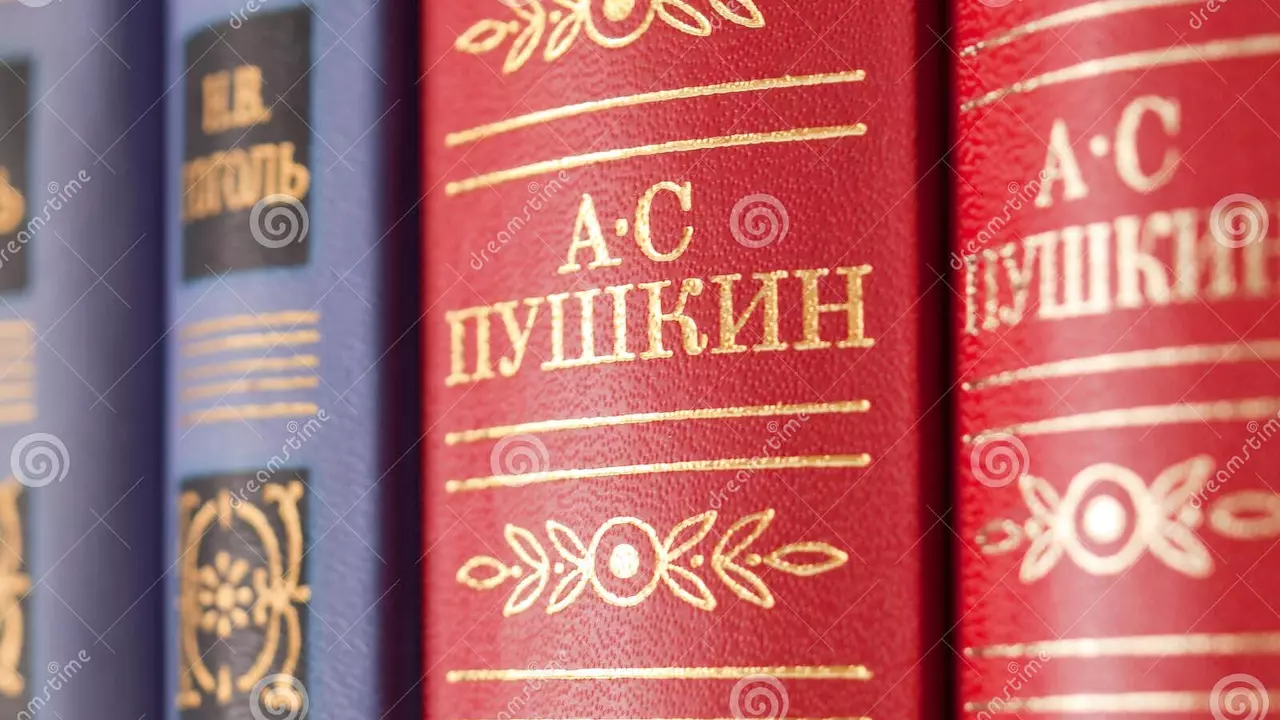What makes a work of art or literature a 'classic'?

Defining the Concept of 'Classics'
When it comes to understanding what comprises a 'classic' in art or literature, several perspectives arise. Fundamentally, a classic is an outstanding work that withstands the test of time—regardless of the changing societal and artistic trends. It holds a universal appeal, speaking to people across the world and through generations. But then, I couldn't help to think about the time when my son, Gabriel, asked me why 'The Adventures of Tom Sawyer' is considered a classic. Frankly, I had to pause and ponder before offering him a meaningful explanation. A classic isn't classic just because it's old neither because it's popular. It has more to do with thematic depth, lingual style, and cultural significance. These works transcend their period and locality, serving as a snapshot of human emotions, experiences, and wisdom.
The Power of Timeless Themes and Characters
You know how certain themes or ideas have a way of resurfacing again and again in our lives, across centuries? That's one key aspect of a classic. A classic work of art or literature must possess themes that resonate with different age groups, cultures, and eras. Themes like love, death, conflict, dignity, and sacrifice seem to be deeply ingrained in our human condition. They describe experiences that virtually everyone can relate to, regardless of their backgrounds. Speaking from my personal viewpoint, what Darcy, my not-so-little-anymore daughter, finds in 'Pride and Prejudice' today, I could connect with 'The Catcher in the Rye' back in my hay days. It’s all about universal themes that bridge gaps and generations.
Unsaturated Influence on Future Creations
Another element that distinguishes classics from their counterparts is their profound influence on future works. You must have noticed how abundant are the adaptations and variations of 'Romeo and Juliet'? That’s because the classic works serve as an enduring source of inspiration. They influence other artists and writers, making a significant impact on future creations. In other words, classics set the tone, style, or thematic concerns for the generations to follow. While not exactly an artist, once, I sketched a character for a storytelling bedtime session with my kids. Darcy immediately pointed out the influence of 'Alice in Wonderland' in my drawing. Jeez, never knew my kids could be such observant art critics!
The Beauty of Linguistic Stylization
My son, Gabriel, a voracious reader, once questioned me why H.P. Lovecraft's writing style is deemed 'classic'. And that brings me to yet another aspect that makes a piece of literature classic—the linguistic style. A classic work is often remembered for its unique and enduring style that shapes the way a story is communicated. It’s not just about what a story tells but how it tells. At times playful, other times poignant—the language of a classic text becomes a character in itself—charming, interacting, and engaging readers with its rhythm and nuances. Here's an interesting tip: reading classics out loud can help you better grasp their unique linguistic style. Give it a try!
Reflection of Cultural-context and Historical Elements
Ever wondered why '1984' by George Orwell or 'War and Peace' by Leo Tolstoy are classics? It's their ability to encapsulate historical moments and societal norms. Classics often serve as a window into the period they were created, representing the cultural context, political climate, societal values, and historical elements of their time. Just like we explore a time capsule, reading a 'classic' lets us delve into the thought processes and lifestyle of a bygone era. And the fact that these works continue to be relevant points to the timeless essence of humanity that they capture.
Disruption and Innovation in Art
Guess what else counts in defining a classic? The novelty! The 'I-have-never-seen-this-before' shock value. Classics revolutionize existing artistic or literary conventions, paving the way for new approaches and ideas. A classic often disrupts the status quo and brings about an unprecedented change, like Picasso’s 'Les Demoiselles d'Avignon' did with the concept of perspective in art. Innovativeness in technique, form, and content can mark a work as a 'classic'. If you can remember being awestruck or slightly confused by certain artworks or narratives, chances are you've experienced a classic.
Emotional Resonance and Impact
Last but definitely not the least, classics are emotionally gripping, often evoking profound feelings and thoughts. Reading or beholding a classic, one encounters a whirlwind of emotions, provoking introspection and self-discovery. Who could forget the feeling of amazement and despair after finishing 'To Kill a Mockingbird' or the sense of unease after looking at Edward Hopper’s 'Nighthawks'? A classic shakes us off our comfort zones, challenging our beliefs and perspectives, compelling us to reevaluate and rethink.
Classics: An Insight into the Human Condition
To wrap up, classics go beyond mere entertainment; they offer an insight into the human condition. They make us contemplate life’s complexities, elucidating our shared humanity through stories and images. They create connections across time, culture, and geographical borders. What my kids, Darcy and Gabriel, take away from reading 'The Little Prince' today, somewhere in the world, someone else took the same lessons from 'Oliver Twist' a century ago. That’s the beauty of classics—they form a tapestry of collective human experience and wisdom.